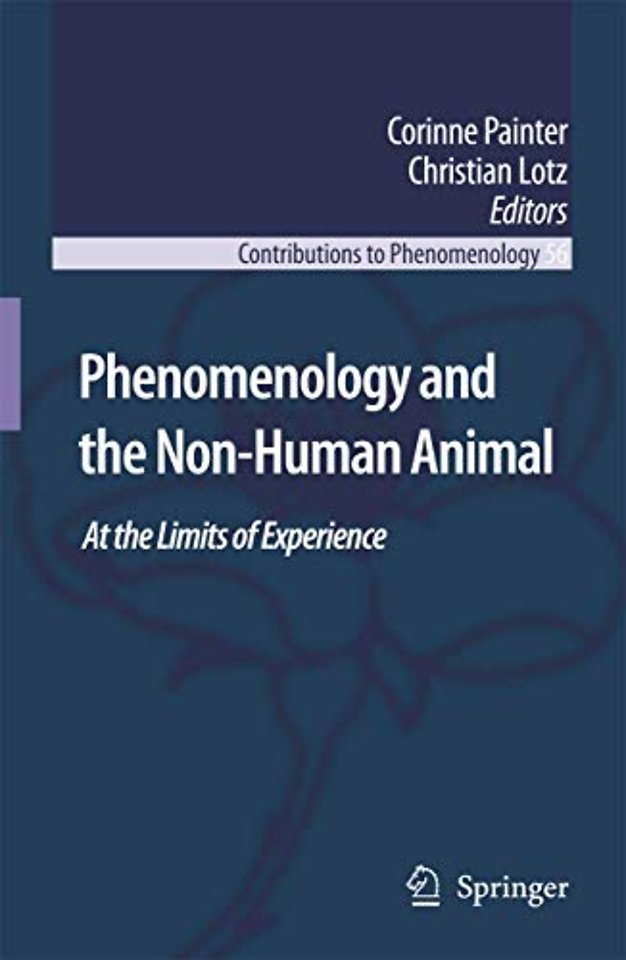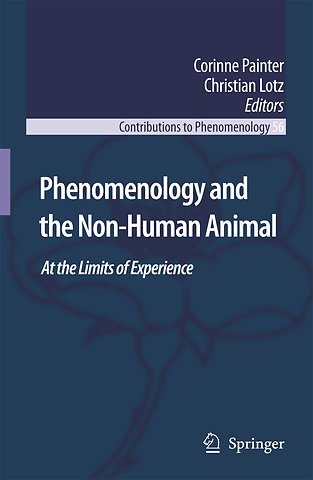<P>Acknowledgement. Introduction: Phenomenology and the Question of the Non-Human Animal; <EM>C.Painter, C. Lotz. </EM><STRONG>Section I: Phenomenology, Ontology, and Anthropology. </STRONG>1.1 Attunement, Deprivation, and Drive: Heidegger and Animality; <EM>G. Kuperus</EM>. 1.2 Being Beyond: Aristotle’s and Plessner’s Accounts of Animal Responsiveness; <EM>M. Oele. </EM>1.3 How Not to be a Jellyfish: Human Exceptionalism and the Ontology of Reflection; <EM>T. Toadvine. </EM><STRONG>Section II: Phenomenology, Psychology, and Language. </STRONG>2.1 How Do Primates Think? Phenomenological Analyses of Non-Language Systems of Representation in Higher Primates and Humans; <EM>D. Lohmar.</EM>2.2 Phenomenology and the Study of Animal Behavior; <EM>E. Ruonakoski. </EM><STRONG>Section III: Phenomenology and Ethics. </STRONG>3.1 The Intentionality and Animal Heritage of Moral Experience: What We Can Learn from Dogs about Moral Theory; <EM>C.S. Brown.</EM>3.2 Appropriating the Philosophies of Edmund Husserl and Edith Stein: Animal Psyche, Empathy, and Moral Subjectivity; <EM>C. Painter. </EM><STRONG>Section IV: At the Margins of Phenomenology. </STRONG>4.1 The Human as Just an Other Animal: Madness, Disability, and Foucault’s Bestiary; <EM>L. Carlson.</EM>4.2 The Intertwining of Incommensurables: Yann Martel’s Life of Pi; <EM>J. Mensch. </EM>Notes on Contributors. Index.</P>

